Table of Contents
The coffee brew ratio is one of the least-understood, but most empowering tools a coffee brewer can take advantage of. The quality of your cup of coffee will depend on the quality of the coffee beans, water, but most of all – how you mix them.
I understand being intimidated by weird numbers you don’t understand, so I wrote this guide to be as approachable and simple as possible so that you can implement some simple steps to take your coffee brewing to the next level.
And trust me, this is going to transform your good coffee’s flavor and balance to great coffee immediately.
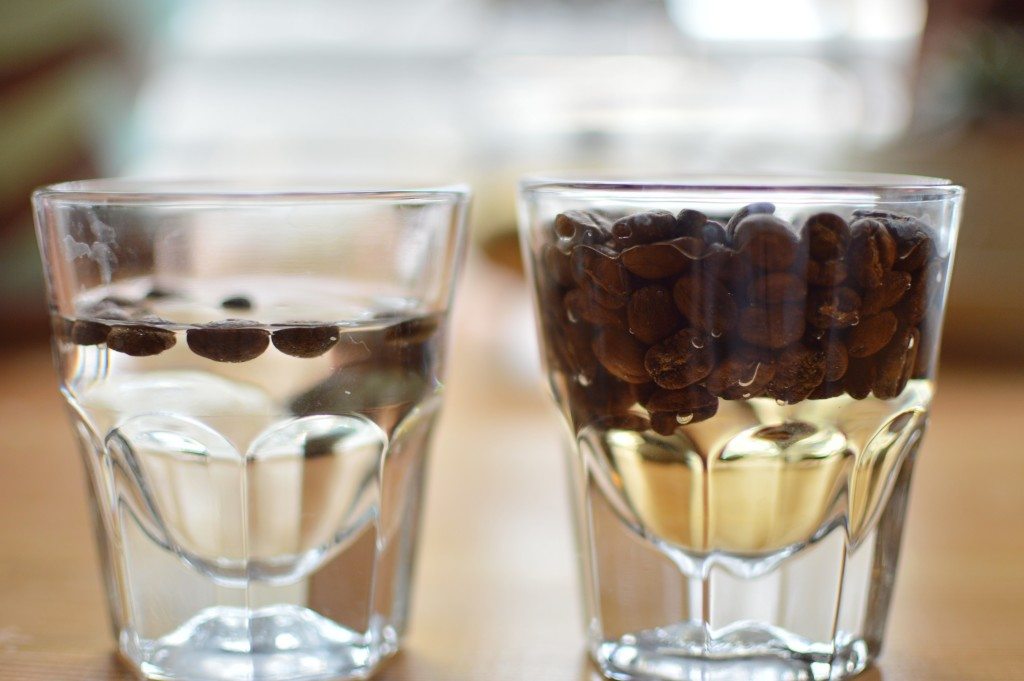
What Makes Brew Ratio So Important?
The process of making coffee is not complicated. Just like all variables, brew ratio is about manipulating strength and yield to achieve the most perfect cup possible. At the end of the day, the drink we all love is simply a mixture of hot water (or cold water) and grinds.
Aside from brew time and brew method, the flavor of coffee will differ based on the brewing recipe and the amount of ‘ingredients’ used. That’s right, the recipe. Making coffee is like baking a cake in that the amount of each ingredient is important. Just by adding or taking away water or coffee, you can change the coffee’s taste, thickness, and more.
This becomes even more true when making multiple cups of brew.
A jar of water poured on top of a single ground coffee bean is not going to make a very strong coffee. That same amount of water poured over 60 ground coffee beans will be relatively balanced.
A jar of water poured over a tub full of ground coffee beans probably won’t even yield any brewed coffee, because all the beans will soak up the water.
This is one of the reasons I highly recommend using a coffee scale and a timer when brewing.
Also Read: The Basics to Brewing Cafe Quality Coffee At Home
No Golden Brew Ratio for Coffee
You will most often hear that the best ratios of coffee beans to water is somewhere between 1:15 and 1:18, but this is not always the case.
The US Brewers Cup of 2014 was won with a man using 1:13. While 1:15 through 1:18 may be the most preferred option by most coffee brewers, those ratios are not law. When we talk about a good brew ratio, we are talking in terms of what is generally accepted as the best ratios to use when brewing coffee at home.
A ratio such as 1:30 (20g of coffee, 600g of water) is going to yield a weak, overextracted cup. A ratio of 1:5 (20g of coffee, 100g of water) is going to be overly concentrated, but also way underextracted. There is a balanced in-between, and most coffee drinkers believe 1:15 to 1:18 is that range.
- The 1:15 coffee ratio will result in a slightly more concentrated cup (e.g. strong coffee) that is likely to be rich and crisp. Since there will be less water to extract flavor from the grounds, however, the brew result will be less extracted with more acidity than coffee brewed with other ratios.
-
The 1:18 coffee ratio produces a less strong, but more extracted cup that is more mellow and round with a gentle acidity. More water is used in this method, leading to the higher extraction.
How to Calculate Coffee:Water
Understanding a coffee brewing ratio is simple.
If you have 1 gram of coffee and 1 gram of water, the ratio of coffee to water is 1:1. If you have 1g of coffee and 15g of water, the ratio is 1:15. Nobody brews a 15g cup of coffee.
What is more common is a 300g cup of coffee. In order to stay in the generally accepted range of ratios (we’ll use 1:15 for this guide), we need to do some very simple math.
If 1g of coffee and 15g of water is a 1:15 ratio, how many grams of coffee do we need if we want to use 300g of water? Start with what you know: 300g of water. Now divide the water mass by the water’s portion of the ratio to get the coffee mass.
300 / 15 = 20
With 20g of coffee and 300g of water, you now have a 1:15 ratio and a full cup of coffee!
Now imagine you have 30g of coffee left and you want to use it all in one batch – how much water do you need to use to stay in the generally accepted range? Instead of dividing, it’s time to multiply by your selected ratio (1:15).
30 x 15 = 450
Finding the correct coffee water ratio for your brewing needs is amazingly simple, and knowing these simple steps will make you look like a coffee guru in front of your friends.
Also Read: How I Brew Specialty Coffee While Traveling The World Full-Time
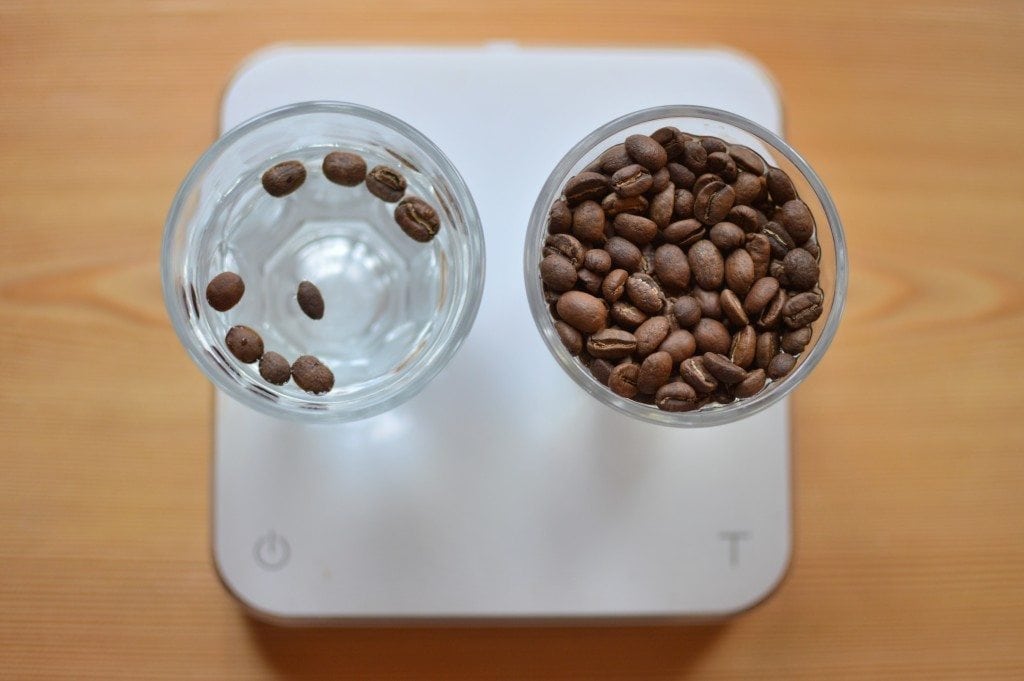
Changing Brew Coffee Ratio Calculations
What if you think you’d rather try a 1:17 ratio instead of 1:15, but still use that same 300g of water for your usual mug of coffee?
Not hard at all!
Like earlier, divide the total water weight by the water’s portion of the ratio.
300 / 17 = 17.6
See how easy that is? No sweat.
What is the Best Brew Ratio for Each Brewing Method?
The ratio of coffee to water, or brew ratio, is an adjustment that can be made to almost any brewing method and will determine the strength and flavor of the brew.
Drip Coffee or Pour Over Ratio
Whether it be an automated drip machine or a Chemex, infusion is arguably the most popular (and efficient) brew method. A 1:15 brew ratio should be provide a strong, bold cup while a 1:17 ratio should provide a lighter, standard cup.
Aeropress or French Press Ratio
With immersion brewing in a French Press or Aeropress, water remains in constant contact with the grounds. This process can limit efficient extraction so you might consider adding more grams of coffee to achieve peak flavor.
A 1:12 ratio will result in a bold cup while a 1:15 should result in a standard brew.
Cold Brew Ratio
Because the water is not headed during the cold brewing process it will take more time increasing the likelihood of saturated grounds. As a result, the ratio will need to be adjusted significantly to avoid brewing brown water instead of coffee.
A 1:5 brew ratio shoud provide a cold brew coffee rich and full-flavored while a 1:8 will provide a lighter cup.
As with all of these ratios, experimentation will be the key to achieving the right cup for you.
Bottom Line on Coffee to Water Brew Ratio
With these tidbits of knowledge and a phone calculator, you’ll be on your way to coffee brewing like never before. Just make sure you have a reliable way of measuring the mass of your coffee and water.
Good luck and happy brewing!




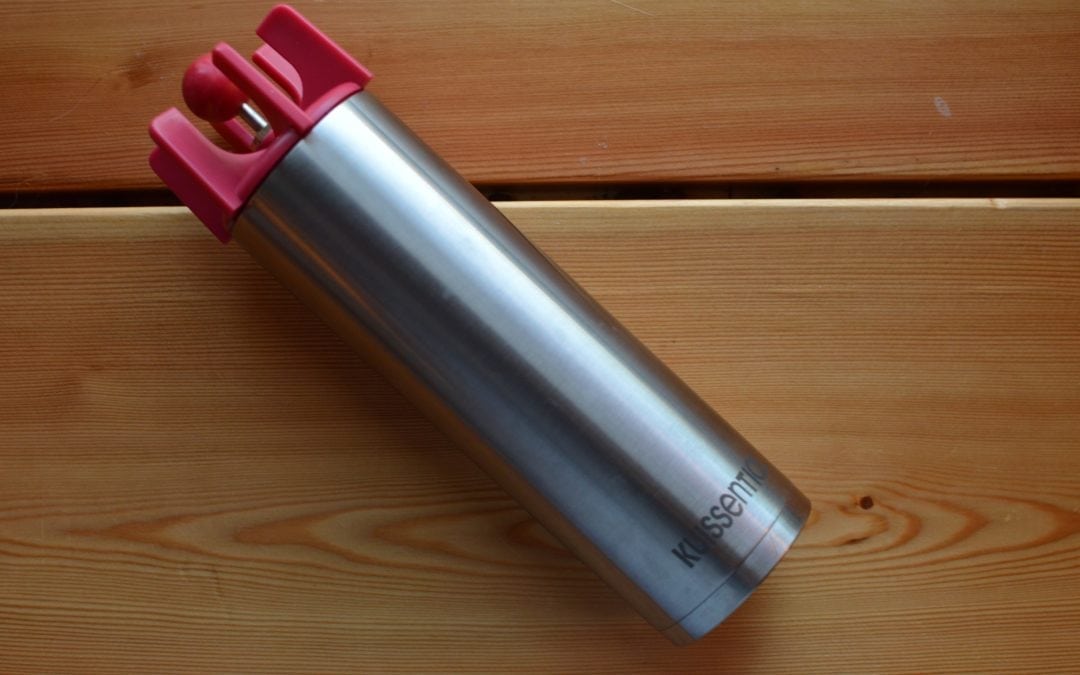


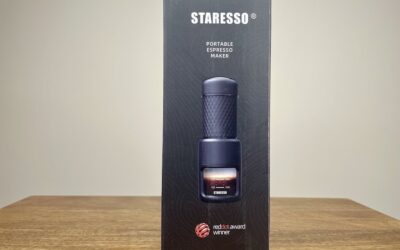



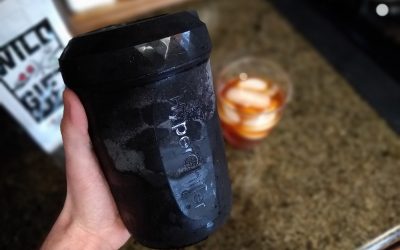

0 Comments